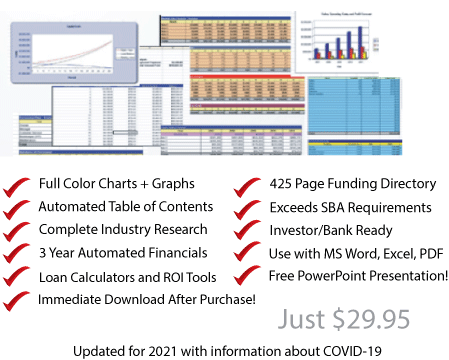Since the beginning of capitalism, individuals and corporations have developed or acquired real estate with the intent to generate income from rent or the sale of units to a third party. Real estate is effectually one of the freest markets in the world – and the demand for affordable housing, high visibility commercial space, and related properties tends to remain strong in any economic climate. For real estate investors that have an understanding of the economy as a whole, real estate can be a highly lucrative enterprise that allows revenue and income to be recognized among a number of centers (rental income, capital appreciation, and specialized service income).
Strengths
One of the most interesting strengths for real estate investment firms is that they generally have continued access to capital as needed provided that minimal equity requirements are met. Banks and financial institutions are always keen to provide debt capital for the acquisition of real estate (or for development ventures) given that they money is backed with a tangible asset. Additionally, the demand for real estate (especially residential units) is often considered a necessity. As such, these businesses are able to generate a highly recurring stream of revenue from their rental operations on a month-to-month basis.
The ongoing operating costs related to the day-to-day management of a real estate investment firm are generally considered to be low as a function of revenues. As such, well placed investments are generally able to produce revenues and profits in any economic climate.
Weaknesses
While substantial access to capital for these businesses is one of a real estate investment firm’s strength – it is also one of its weaknesses. Many firms often over-leverage their properties which can cause significant issues during difficult economic climates (such as the current issues with the pandemic). Additionally, people that are renters of residential property are generally more susceptible to negative changes in the economy.
However, through proper and appropriate leverage (as well as comprehensive tenant screening protocols) these weaknesses can often be remedied before they create issues for a real estate investment firm.
One of the other issues that is commonly faced by these businesses is that unexpected major repairs to properties can have a deleterious effect on a firm’s profit and loss statement.
Opportunities
For real estate investment firms (in any economic climate), opportunities are always abound. There are always distressed and far-below-market-rate properties that can be properly rented, improved (through rehabilitation), or sold to a third party. As discussed earlier, there are always numerous avenues of capital that a real estate investment firm (or independent real estate investor) can use in order to secure the necessary financing in order to capitalize on the investment.
Threats
The biggest threat facing most real estate investment firms are increases in interest rates or drastic increases in inflation (which is a modest risk at this time). However, with proper planning and a foresight to these matters – most real estate investment firms are able to remain profitable at all times.
Additionally, changes in ongoing landlord laws can impact the way that these businesses conduct their operations. Given this time of economic uncertainty, there are expected to be some regulatory changes.

